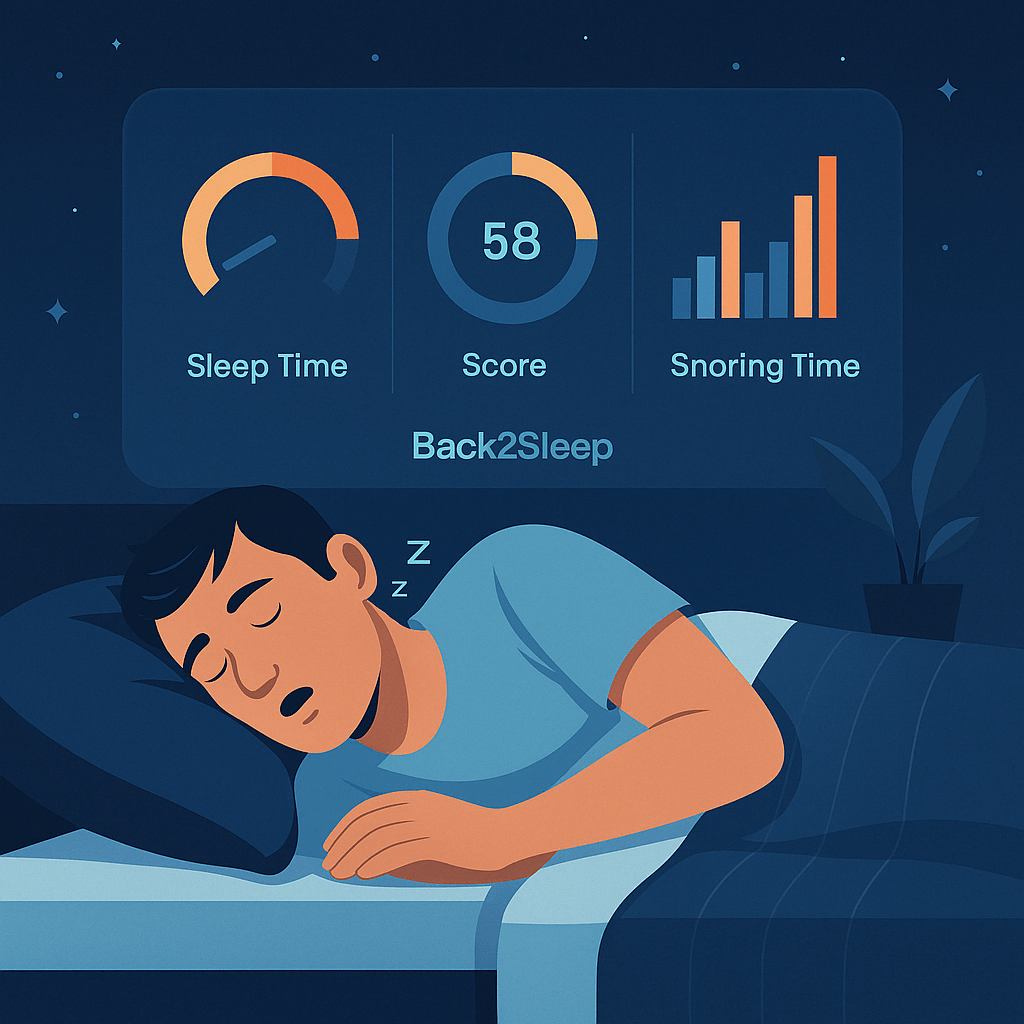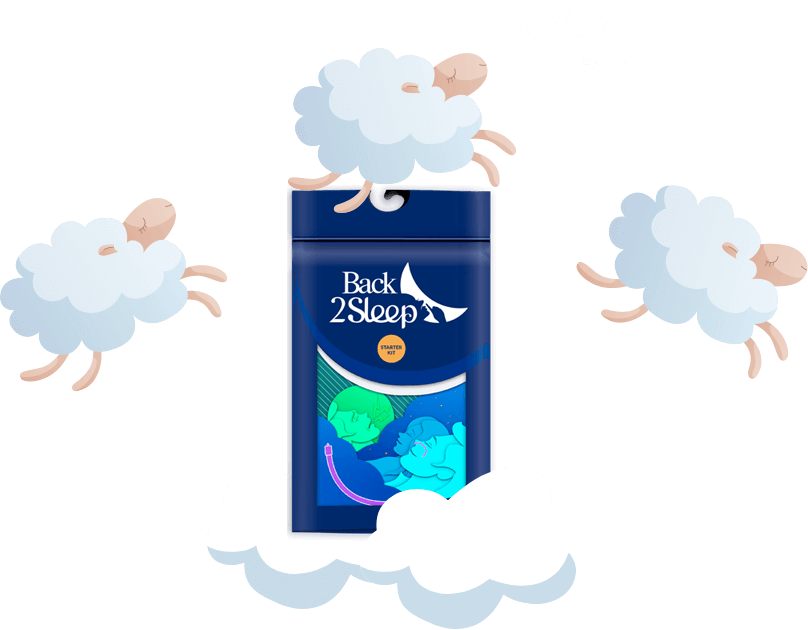Slaperigheid overdag en slaapapneu - tekenen herkennen bij bewoners
Bewustwording vergroten over hoe onbehandelde slaapapneu de dagelijkse werking en lokale verkeersveiligheid in onze gemeenschap beïnvloedt
Het verborgen gevaar: wanneer slaapstoornissen de veiligheid van de gemeenschap bedreigen
Slaperigheid overdag treft dagelijks miljoenen bewoners, maar wat velen niet beseffen is dat chronische vermoeidheid vaak wijst op levensbedreigende slaapapneu die ernstige risico's vormt voor de gezondheid van het individu en de veiligheid van de gemeenschap. **Onbehandelde slaapapneu veroorzaakt overmatige slaperigheid overdag**, verminderde cognitieve functies en dramatisch verhoogde ongevalrisico's die niet alleen de lijders treffen maar hele gemeenschappen via werkplekongevallen, verkeersongevallen en verminderde openbare veiligheid.

**Recente verkeersveiligheidsonderzoeken onthullen alarmerende statistieken**: bestuurders met onbehandelde slaapapneu hebben zeven keer meer kans om ernstige ongevallen te veroorzaken vergeleken met goed uitgeruste personen. Het herkennen van vroege waarschuwingssignalen bij familieleden, collega's en bewoners van de gemeenschap wordt cruciaal om tragische gevolgen te voorkomen en de openbare veiligheid te beschermen.
Kritieke herkenningstekens voor gemeenschapsleden
Ochtendvermoeidheid
Bewoners die consequent wakker worden zonder zich verfrist te voelen ondanks voldoende slaaptijd, vaak gepaard gaand met ochtendhoofdpijn en droge mond symptomen die wijzen op slaapverstoring.
Achteruitgang van werkprestaties
Merkbare afnames in concentratie, geheugen, besluitvormingsvermogen, en toegenomen fouten of ongevallen in professionele omgevingen die onmiddellijke aandacht vereisen.
Zorgen over verkeersveiligheid
Episodes van microslaap tijdens het rijden, moeite om alert te blijven tijdens woon-werkverkeer, en bijna-ongevallen die ernstige risico's vormen voor de verkeersveiligheid in de gemeenschap.
Sociale en familiale impact
Prikkelbaarheid, stemmingswisselingen, spanningen in relaties en terugtrekking uit sociale activiteiten die familieleden en vrienden kunnen herkennen als waarschuwingssignalen.
Waarschuwing voor gemeenschapsveiligheid: de cijfers liegen niet
Critical Fact: The National Highway Traffic Safety Administration reports that drowsy driving contributes to more than 100,000 crashes annually, resulting in over 1,500 deaths and 71,000 injuries.
Checklist voor Gemeenschapsherkenning: Identificatie van Risicobewoners
Ochtendsymptomen
- Wakker worden met hevige hoofdpijn
- Extreme sufheid die uren aanhoudt
- Droge mond en keelpijn bij het wakker worden
- Noodzaak van meerdere wekkers om wakker te worden
Werkplekindicatoren
- In slaap vallen tijdens vergaderingen
- Toegenomen fouten en ongevallen
- Moeite met het voltooien van taken
- Frequent koffie- of cafeïnegebruik
Waarschuwingssignalen tijdens het rijden
- Microslaap-episodes tijdens het rijden
- Afdrijven tussen rijstroken
- Uitritten of verkeerslichten missen
- Zich slaperig voelen tijdens korte ritten
Observaties van familie
- Luidruchtige, onregelmatige snurkpatronen
- Hijgen of stikken tijdens de slaap
- Persoonlijkheidsveranderingen en prikkelbaarheid
- Verlies van interesse in activiteiten
Beoordeling van ernst: begrip van risiconiveaus

| Symptoomcategorie | Milde impact | Matige impact | Ernstige impact |
|---|---|---|---|
| Slaperigheid overdag | Af en toe vermoeidheid in de middag | Dagelijkse strijd om alert te blijven | Onvrijwillig in slaap vallen |
| Cognitieve functie | Kleine geheugenfoutjes | Moeite met concentreren | Ernstige geheugenstoornissen |
| Rijveiligheid | Af en toe slaperigheid | Vechtend tegen de slaap tijdens het rijden | Microslaap-episodes |
| Werkprestaties | Iets verminderde productiviteit | Merkbare prestatieachteruitgang | Meerdere veiligheidsincidenten |
| Sociale Impact | Lichte prikkelbaarheid | Relatieproblemen | Sociale isolatie |
Echte Verhalen uit Onze Gemeenschap
Mijn collega’s merkten dat ik in vergaderingen in slaap viel voordat ik besefte hoe ernstig mijn aandoening was. De vermoeidheid overdag verwoestte mijn carrière en mijn huwelijk. Gediagnosticeerd worden en behandeld worden heeft letterlijk mijn leven gered.
Bouwplaats supervisor, gediagnosticeerd met ernstige slaapapneu
Ik veroorzaakte bijna een ernstig ongeluk op Highway 101 toen ik achter het stuur in slaap viel. Mijn familie stond erop dat ik me liet testen, en het ontdekken van mijn slaapapneu was een wake-up call. Behandeling heeft me een veiligere bestuurder en betere vader gemaakt.
Schoollerares, moeder van twee
Als spoedeisende hulp verpleegkundige dacht ik dat mijn uitputting gewoon door ploegendiensten kwam. Toen collega’s opmerkten dat mijn cognitieve fouten toenamen, realiseerde ik me dat er iets ernstig mis was. Vroege opsporing via gemeenschaps screening heeft mijn verpleegcarrière gered.
Spoedeisende hulp verpleegkundige, 15 jaar ervaring
Gemeentelijke verkeersveiligheidscrisis
Lokale verkeersstatistieken tonen een verontrustende trend: ongevallen met slaperige bestuurders zijn de afgelopen drie jaar met 35% toegenomen in ons stedelijk gebied. De relatie tussen onbehandelde slaapapneu en verkeersongevallen is onmiskenbaar geworden, met noodhulpteams die meerdere sterfgevallen melden die direct worden toegeschreven aan bestuurders die achter het stuur in slaap vielen.

De economische impact gaat verder dan de zorgkosten: Onze gemeenschap wordt geconfronteerd met hogere verzekeringspremies, uitgaven voor noodhulp en productiviteitsverlies dat lokale bedrijven en gezinnen raakt. Proactieve opsporing en behandeling van slaapapneu is een cruciale interventie voor de openbare veiligheid.
Onmiddellijke actie voor bewoners
Herken waarschuwingssignalen
Houd jezelf en gezinsleden in de gaten op overmatige slaperigheid overdag, ochtendhoofdpijn en concentratieproblemen die aanhouden ondanks voldoende slaap.
Documenteer symptomen
Houd een slaapdagboek bij waarin je de slaapkwaliteit, vermoeidheid overdag en eventuele incidenten van microslaap of bijna-ongelukken tijdens dagelijkse activiteiten bijhoudt.
Zoek professionele evaluatie
Neem contact op met lokale zorgverleners of gemeenschaps screeningsprogramma's voor een uitgebreide slaapbeoordeling en diagnose.
Voer veiligheidsmaatregelen in
Vermijd autorijden bij slaperigheid terwijl u op de diagnose wacht, neem regelmatig pauzes tijdens lange ritten en informeer familieleden over mogelijke risico's.
Impact op veiligheid en productiviteit op de werkplek

Lokale werkgevers melden aanzienlijke productiviteitsverliezen en veiligheidszorgen gerelateerd aan werknemers met onbehandelde slaapstoornissen. **Productiefaciliteiten, zorginstellingen en transportbedrijven** hebben verplichte screeningsprogramma's voor slaapgezondheid ingevoerd na een toename van incidenten op de werkplek en claims voor werknemerscompensatie.
Waarschuwing voor veiligheid op de werkplek: De Occupational Safety and Health Administration (OSHA) identificeert slaaptekort als een belangrijke factor bij werkplekverwondingen, waarbij slaperige werknemers 70% meer kans hebben betrokken te raken bij ongevallen dan goed uitgeruste collega's.
Industriespecifieke risicofactoren:
- Zorgverleners: Toegenomen medische fouten, risico's voor de patiëntveiligheid en aangetaste besluitvorming tijdens kritieke situaties
- Transportsector: Ongevallen met beroepschauffeurs, incidenten bij vrachtleveringen en zorgen over de veiligheid van het openbaar vervoer
- Productie: Fouten bij het bedienen van apparatuur, ongevallen aan de assemblagelijn en kwaliteitscontrolefouten
- Hulpdiensten: Vertraagde reactietijden, communicatieproblemen en aangetaste openbare veiligheidsoperaties
- Onderwijssector: Verminderde effectiviteit van het onderwijs, zorgen over de veiligheid van studenten en verminderde toezichtmogelijkheden
Effectieve behandelingsoplossingen voor de veiligheid in de gemeenschap

**Vroege interventie met passende behandeling vermindert dramatisch slaperigheid overdag** en de daarmee samenhangende veiligheidsrisico's binnen de gemeenschap. Moderne behandelingsopties variëren van traditionele CPAP-therapie tot innovatieve neusstentapparaten die voor veel patiënten verbeterde therapietrouw en directe effectiviteit bieden.
**Succesverhalen uit de gemeenschap tonen opmerkelijke verbeteringen aan**: bewoners die gebruikmaken van geavanceerde neusstenttechnologie melden een significante vermindering van vermoeidheid overdag binnen de eerste week van de behandeling, wat leidt tot betere werkprestaties en verbeterde verkeersveiligheid.
Succesmetingen van de behandeling: Lokale zorgverleners melden dat patiënten die innovatieve neusstentapparaten gebruiken, een verbetering van 85% in alertheidsscores overdag laten zien en een vermindering van 90% van ongevallen op de werkplek binnen 30 dagen na aanvang van de behandeling.
Bescherm je gemeenschap - onderneem vandaag actie
Wacht niet tot slaperigheid tot een tragedie leidt. Herken de tekenen, zoek hulp en verken effectieve behandelingsopties.
Ondersteuning van getroffen familieleden en buren
Gemeenschapssteun netwerken spelen een cruciale rol bij het identificeren en helpen van bewoners met slaapstoornissen. **Familieleden, vrienden en collega's** merken vaak symptomen op voordat de getroffen persoon de ernst van hun toestand herkent.
Hoe iemand met vermoedelijke slaapapneu te helpen:
- Documenteer observaties: Houd aantekeningen bij van snurkpatronen, ademhalingsonderbrekingen en veranderingen in gedrag overdag
- Benader met zorg: Bespreek zorgen met compassie, met de nadruk op gezondheid en veiligheid in plaats van kritiek
- Bied praktische ondersteuning: Ga met hen mee naar medische afspraken of help bij het onderzoeken van lokale screeningsopties
- Houd veiligheid in de gaten: Ontmoedig rijden bij slaperigheid en bied alternatieve vervoersmogelijkheden wanneer nodig
- Moedig behandeling aan: Ondersteun hun inzet voor behandeling en vier verbeteringen in hun toestand
Voor uitgebreide ondersteuningsbronnen en begeleiding bij het helpen van gemeenschapsleden om passende zorg te krijgen, bezoek onze gemeenschapssteunpagina en verken beschikbare educatieve materialen.
Initiatieven voor gemeenschapspreventie en bewustwording
Proactieve gemeenschapseducatie redt levens en vermindert de economische last van onbehandelde slaapstoornissen. **Lokale gezondheidsdiensten, scholen en gemeenschapsorganisaties** kunnen effectieve bewustwordingscampagnes uitvoeren die risicobewuste bewoners identificeren voordat ernstige incidenten zich voordoen.
Gemeenschapsactieplan: Succesvolle preventieprogramma's combineren publieke educatie, toegankelijke screeningsdiensten en directe toegang tot effectieve behandelingsopties. Lees meer over onze inzet voor de gezondheid van de gemeenschap via onze organisatie missie.
**Op bewijs gebaseerde preventiestrategieën** richten zich op educatie, vroege detectie en onmiddellijke interventie. Gemeenschappen die uitgebreide slaapgezondheidsprogramma's implementeren, zien meetbare verbeteringen in verkeersveiligheid, productiviteit op de werkplek en algemene volksgezondheid binnen het eerste jaar na implementatie.
De veiligheid van jouw gemeenschap hangt af van actie
Sluit je aan bij duizenden bewoners die de controle over hun slaapgezondheid hebben genomen en de veiligheid in de gemeenschap hebben verbeterd door vroege herkenning en effectieve behandeling.
Begin je reis naar beter slapen







